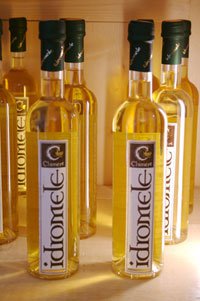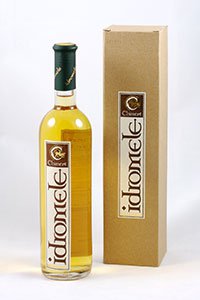
L’idromele è solo apparentemente una novità nel panorama delle bevande alcoliche; in realtà la sua origine è antichissima, sicuramente più antica del vino stesso, in quanto prodotto non da frutti provenienti da piante coltivate, ma dal miele sottratto a sciami selvatici.

Dagli altopiani etiopici dove ebbe origine, la produzione ed il consumo di questa bevanda si estesero a tutti i popoli dell’antichità, fino a i Greci e ai Romani, che così lo chiamarono. Poi, la coltura della vite e la produzione del vino soppiantarono l’idromele in quasi tutta l’Europa; restano ancora oggi delle produzioni solo localmente importanti in Francia, Gran Bretagna ed in tutti i Paesi dell’Est Europeo.


La produzione dell’idromele è identica a quella del vino, si scioglie in acqua una determinata quantità di miele e si pone a fermentare. Una volta terminata la fermentazione e diventato limpido, l’idromele si può consumare; ad alcuni tipi di idromele gioverà molto un più o meno prolungato invecchiamento in fusti di legno.
Si possono produrre diversi tipi di idromele; secondo la percentuale di miele usato si possono avere idromeli secchi, dolci, e liquorosi, con una gradazione alcolica variabile tra 9 ed i 15 gradi.
Come si beve l’idromele, e a quali cibi si può accompagnare? Qui si apre un capitolo tutto da scrivere ed ognuno può sbizzarrirsi con la propria creatività. Servitelo sempre fresco (10 - 12 C˚), con della pasticceria secca, o come aperitivo, soprattutto quello dolce. Se volete gustarlo in maniera inconsueta, accompagnatelo ad una fetta di pecorino stagionato o di gorgonzola, cosparsi di noci tritate e di miele di castagno tiepido, o a delle fettine di lardo di Colonnata con miele di acacia, o ancora a dei crostini di fegato d'oca.
L'ultima avvertenza, anche se può sembrare banale: l'idromele non è un vino; ha un gusto peculiare che non somiglia al vino, ed al vino non può essere paragonato.
Prosit!

 Whatsapp
Whatsapp Telegram
Telegram Messenger
Messenger